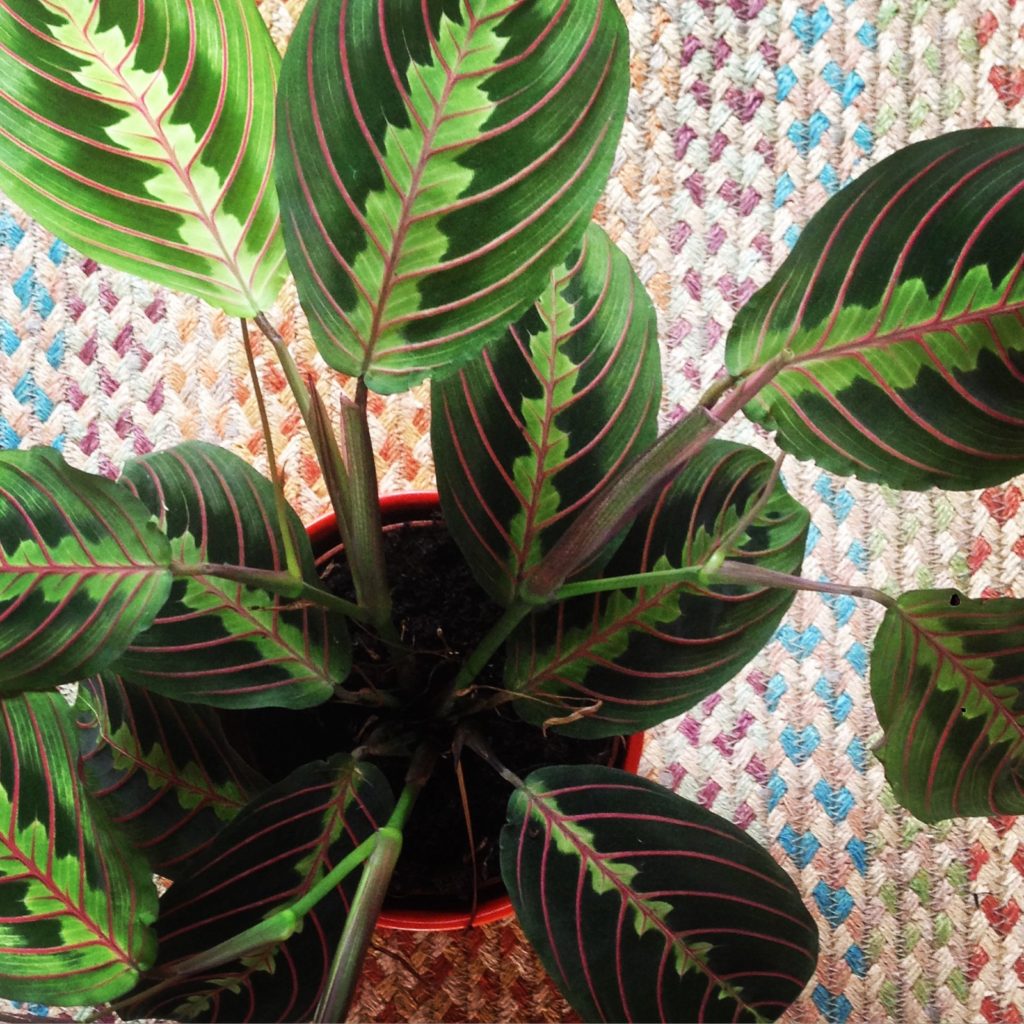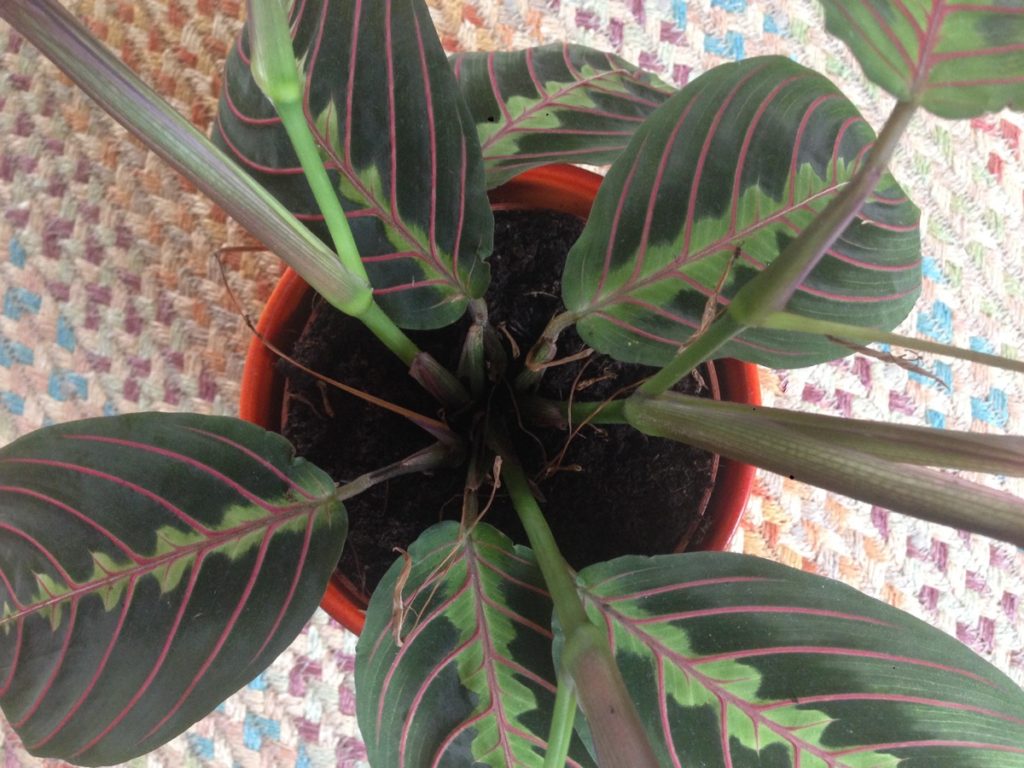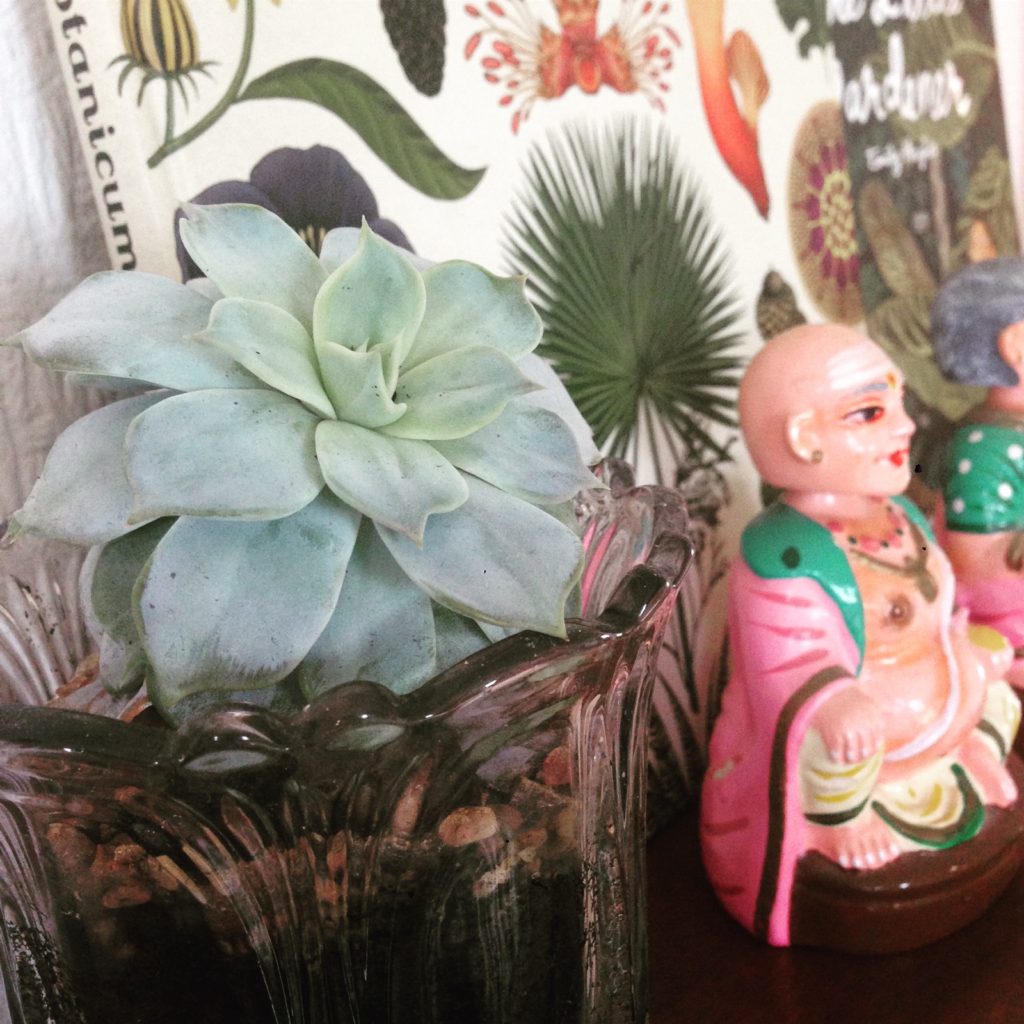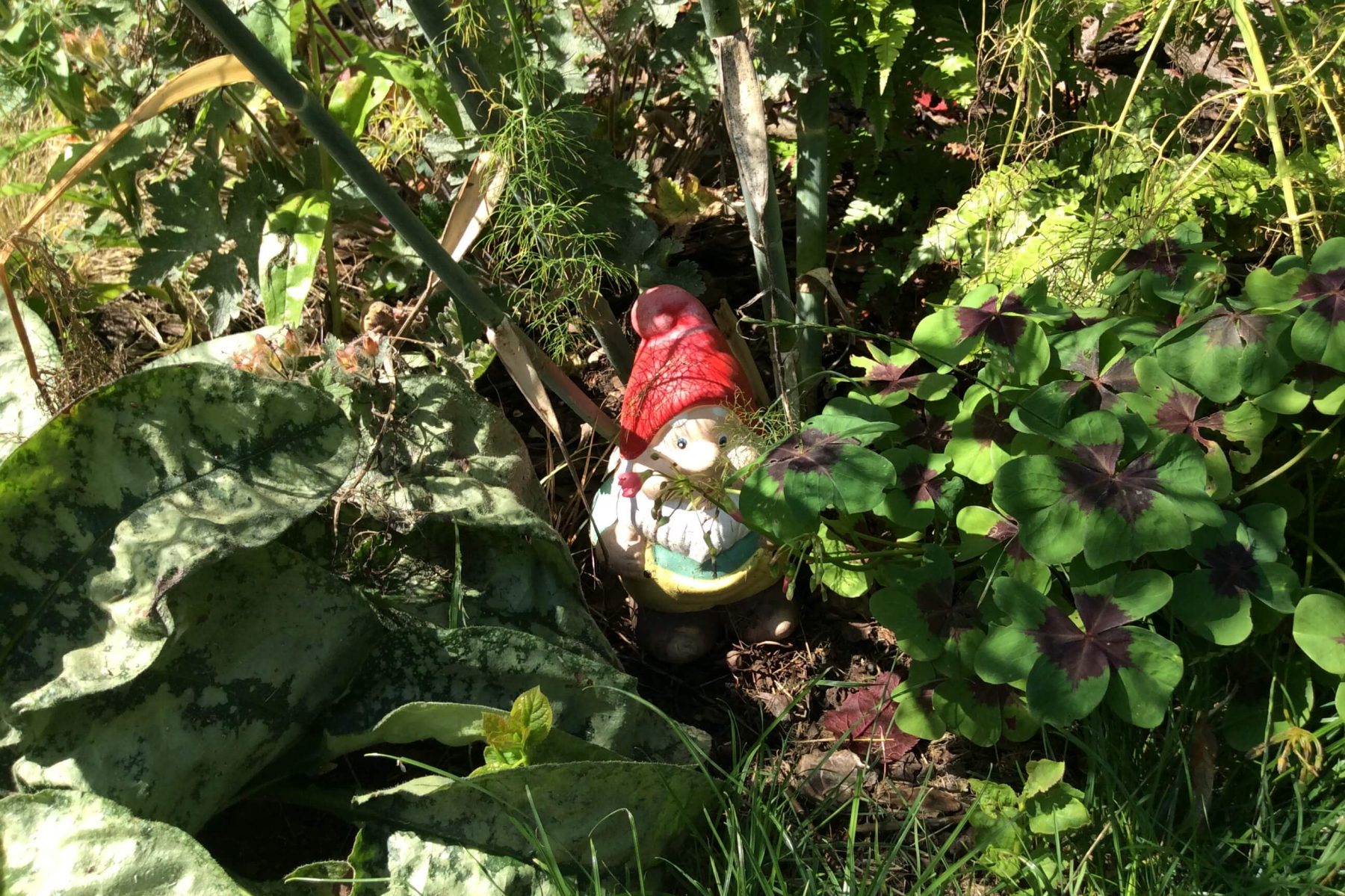
I should start this post with a few disclaimers:
- All images of the interior of my house in this post have been ruthlessly ‘faked’ – i.e. I desperately tried to hide/disguise/camouflage all the toys, dust, biscuit crumbs, forgotten school newsletters, fruit yoyo Bear cards, dirty socks, etc, which, in reality, usually cover every available surface.
- Some of these plants are fairly new and have not yet passed the house plant 3 month survival test. Who knows what will happen now the central heating is on!
- My indoor photography skills appear to be much weaker than my outdoor skills.
- I have stolen this obsession from my husband, who happened to mention a couple of months ago that he would be quite interested in growing some house plants, since the garden is my domain. I have since taken over slightly (sorry darling) and am being quite controlling about watering/what plant goes where/in what pot. I must try to work on sharing more.
Now that I’ve come clean, let’s begin…
There has been a huge rise in the popularity of house plants in the past couple of years. Trendy home stores and craft markets are stocking all kids of strange and cool plants, sold in pots made from cement, interestingly glazed ceramics, or tropical hard woods. Even Topshop and Urban Outfitters have got in on the game, with mini ‘Urban Jungle’ house plant sections in their Oxford Street stores.

Instagram is awash with gorgeous photos of stunning interiors adorned with exotic ferns and terraria. But, remember, it’s all very well for people to post pictures on Instagram, fabulously styled #shelfies and coffee tables loaded with plants, but whether these plants will still be alive in a few months time remains to be seen. Looking after house plants is not straightforward because the conditions in our homes are not always suited to a plant’s particular needs. There are light and humidity levels to consider, and conditions change throughout the year. A window sill might be drafty and cold in winter, or baked by direct sun in mid-summer. The central heating or a wood burner might completely change the conditions in one spot for 3 months of the year.
Some folks are clearly experts and know what they are doing. Jane Perrone hosts a brilliant house plant podcast called ‘On The Ledge’, which I highly recommend if you’d like to know more about how to actually grow and care for house plants. And I’ve just bought Alys Fowler’s new book ‘Plant Love: How to choose and care for your house plants’, which is probably going to become my house plant bible. James Wong’s instagram account @botanygeek is also full of house plant inspiration.
I’m hoping that the key to success with house plants is going to be the same as that for outdoor plants. You must grow the right plant in the right place, and keep an eye on it! It’s no good treating house plants like a home accessory. They grow and change, get hungry or thirsty, and have different needs throughout the year. They are nothing like a vase or ornament that you can plonk down and forget about.
I am certainly not an expert on house plants, and have had my fair share of failures, a Venus fly trap being a disappointing example. But I am increasingly becoming an enthusiast, so I thought I’d show you a few of my favourite plants, with a bit of information about how to care for them. I’m hoping I’ve got the names right, as I’ve had to try to identify the ones without labels! As you’ll see, all of them are grown for their foliage, although a few will flower if they’re happy.
Phlebodium aureum (Blue Star Fern)

The blue star fern is naturally epiphytic, which means it grows attached to trees and other plants in forests. Therefore, it doesn’t need a lot of light, and likes lots of moisture but not to be water-logged, so water little and often. Plant it in free draining, orchid compost. It’s a great plant for steamy bathrooms or kitchens. Mist it regularly if you’re growing it elsewhere. Mine is in an east-facing living room at the moment, and might be too close to the window, so I’ll move it if starts to struggle.
Chamaedorea elegans (Parlour Palm)

This little palm should be pretty easy to care for. Grow it in good light but not direct sun. In the growing season, water regularly and apply a balanced liquid fertiliser occasionally. It hates being waterlogged, so err on the side of slightly too dry rather than overwatering. Water sparingly in winter.
Maranta tricolour

Marantas are not the easiest of houseplants. They dislike direct sunlight, and their leaf colour will fade in intensity, and can often develop blotches or patches. Plant in a rich, peat-based compost with excellent drainage. Apparently, in the winter, the plants go into dormancy and can die back completely, so you should give them bright light to maintain growth. During the growing season, water frequently and never allow the soil to dry out. To avoid fungal problems, try not to get water directly on the leaves or let it sit wet. I’m hoping I can keep this one alive as I love it, but it’s quite new. I’ll have to think carefully about where to put it when the sun gets stronger in late spring. I’ll keep you updated!
Echeveria glauca

Echeverias, like most succulents, love full sun. This plant is perfect for a sunny window sill. Water regularly during spring and summer, making sure the plant has excellent drainage. I use a free-draining, gritty compost, and always put a good layer of grit in the bottom of indoor succulent pots. Reduce watering to monthly in winter.
Sedum morganium ‘Burrito’ (Donkey’s Tail)

Treat this Sedum much like the Echeveria. Be very careful not to over-water it, as that is probably the only way you could kill it. It’s a plant that thrives on neglect. We’ve had this one on a bright, sunny, bathroom shelf for years. I only water it when I remember and it seems very happy, although the shower steam probably does the job when I forget. Be warned that the little leaves are very prone to falling off if you handle it too much, so put it somewhere high up, where it can be left alone to trail. A hanging basket or macrame plant pot holder would be ideal.
Crassula ovata (Money Plant)

This Money Plant is a perfect, idiot-proof, beginner’s house plant! Easy to look after, just like the Echeveria and Sedum above. It can cope without direct light, but is happy in full sun. Let it dry out between waterings. It will grow and grow and grow, and can be very long-lived. You’ll just need to pot it on every couple few years, into a free-draining compost, when it outgrows its pot.
Kalanchoe thyrsiflora (Flapjack or Paddle Plant)

I love the large gray-green leaves of this Kalanchoe. You can see that some of the leaves have become tinged with red, which will they do if exposed to direct sun. Mature plants may produce a spike of fragrant, yellow flowers in spring. In terms of care, treat it like other succulents.
*****
The great thing about how popular house plants have become is that they are now very easy to buy and not very expensive. I’ve got a few on my Christmas wish list:
If you are shopping for house plants, I recommend:
- Homebase, where you can currently buy a ‘Bag Of Foliage’ – 3 plants for just £6.99. This is wonderful, but sadly none of the plants are labelled, so you have to do a bit of research when you get home, in order to work out how to care for them.
- Ikea is also a great place for plant bargains, especially larger sized, more common house plants.
- Crocus sells house plants on line, including some more unusual and exotic specimens, with very helpful care instructions on the site.
- Follow @geo_fleur on instagram for some lovely house plant eye candy, and to sign up for a monthly subscription house plant post club.
- In Norfolk, I love a visit to the Urban Jungle nursery for exotic succulents and cacti, not to mention lunch in their fabulous greenhouse cafe.
- I’m also loving the House Plant Central website at the moment, for all their articles and ideas about growing plants indoors.
Finally, remember, sometimes plants do not thrive and just die. See below for this week’s fail, the result of over-watering a succulent. Don’t let it put you off trying!
** Follow me on Instagram for more house plant pics. **

